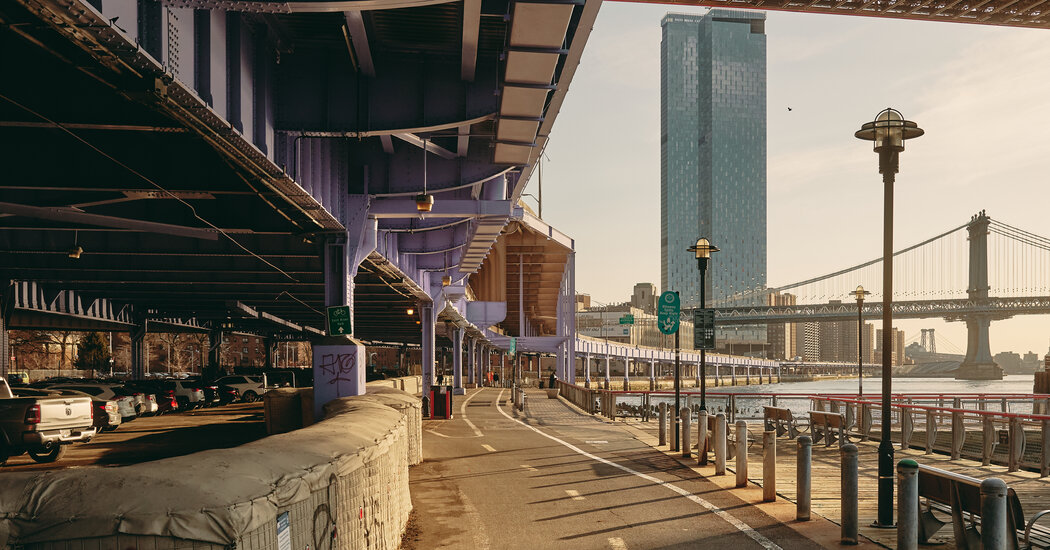
President Biden on Wednesday is announcing the details of his $2 trillion infrastructure initiative, and it includes hundreds of billions of dollars to fight climate change.
Under the plan, roads, bridges and airports would be made more resilient to the effects of more extreme storms, floods and fires wrought by a warming planet. In addition, spending on research and development could help spur breakthroughs in cutting-edge clean technology, while programs to retrofit and weatherize millions of buildings would make them more energy efficient.
Quotable: “You have to step up to the plate and take a swing in order to hit the ball, and sometimes you swing and you miss,” Jennifer Granholm, the energy secretary, said of past failures. “But if you never swing, you will never hit the ball, and you’ll never get a run.”
Deforestation increased sharply despite the pandemic
An annual measure of the state of tropical forests was released this week, and once again the results aren’t pretty.
In its latest findings, the World Resources Institute, a research group, said that loss of old-growth forests in the tropics increased again in 2020, up 12 percent from 2019. That’s the third yearly increase in a row, and forest acreage lost is creeping back up toward the highs of 2016 and 2017.
Most of the usual suspects — Brazil, Democratic Republic of Congo, Bolivia and others — made the list of countries with high levels of deforestation. Brazil alone was responsible for about 40 percent of the loss. But Indonesia fell out of the top three for the first time since the institute began its reports two decades ago, thanks in part to government enforcement efforts.
Why it matters: By sequestering huge amounts of carbon dioxide, tropical old-growth forests are crucial for combating climate change.
The numbers: 10.3 million acres. That’s the total tropical forest loss last year, about the same surface area as Switzerland. — Henry Fountain
There’s a public transit crisis. It’s also bad for the climate.
From Rio to London to New York City, many big public transit systems are hanging by a thread. Either people aren’t moving around as much or they are scared of coronavirus infection. Revenues from fares have plummeted. Service has been cut or averted with huge bailouts from governments, as in the United States and Europe.
The crisis in public transit is a problem for those cities’ ability to address climate change, because public transit offers a relatively simple way to lower greenhouse gas emissions and air pollution.
Why it matters: Cities will have to figure out how to get passengers back on trains, buses and trams as they emerge from the pandemic. They may have to pump in more money to make public transit safer and more efficient. — Somini Sengupta
A Guide to Climate News
Keep Up With Climate News:
Go Deep on Electric Vehicles
Understand Climate Change
In an incident this week, a 65-year-old Filipino woman in New York City was viciously attacked in New York. It’s difficult to focus on issues like climate change when you feel immediate hatred around you.
Readers, please take care. — Hiroko Tabuchi
If you’re not getting Climate Fwd: in your inbox, you can sign up here
We’d love your feedback on the newsletter. We read every message, and reply to many! Please email thoughts and suggestions to climateteam@nytimes.com.

Average Rating